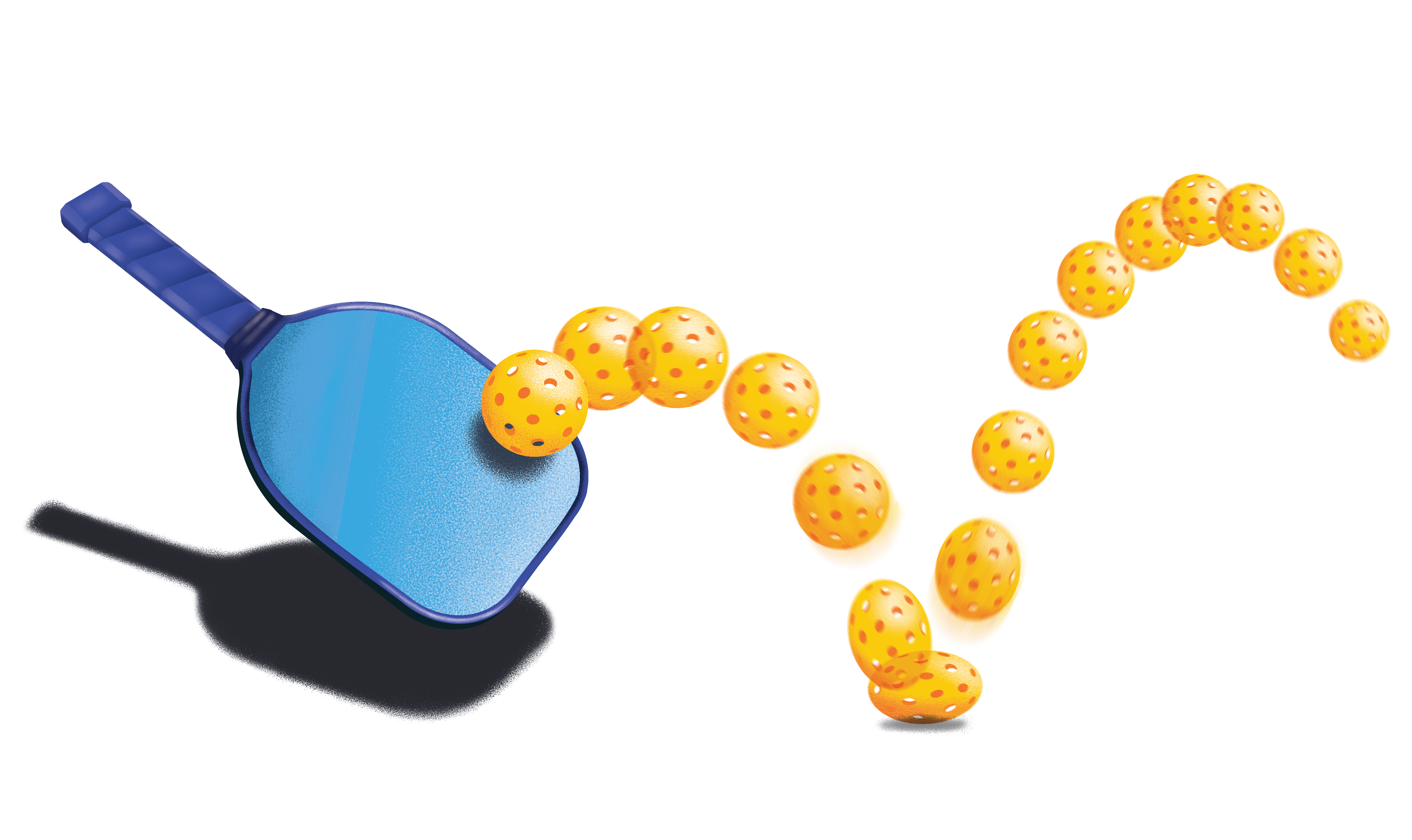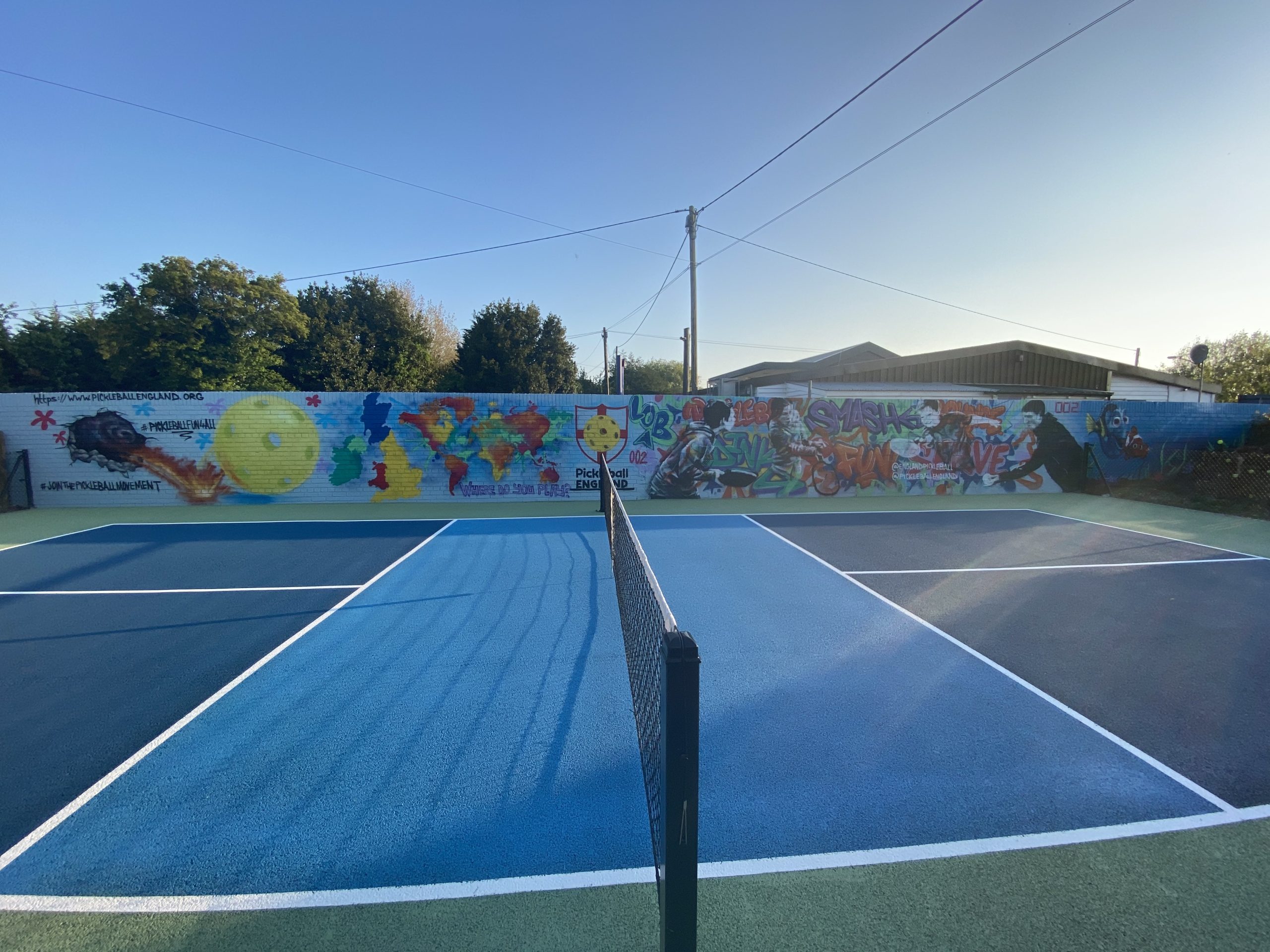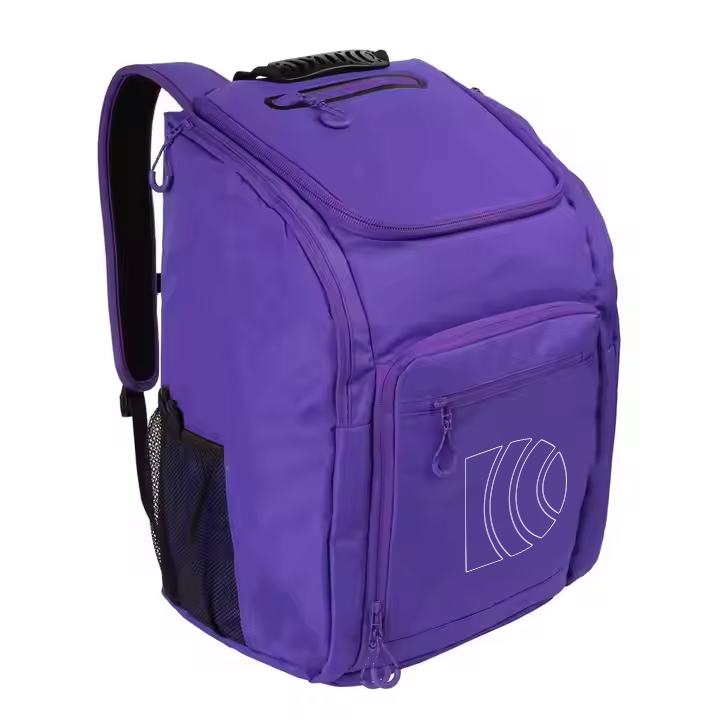

Understanding the Core Differences
Carbon fiber paddles are known for their stiffness, responsiveness, and excellent power-to-weight ratio. The material’s high tensile strength allows for a thinner, lighter paddle that still delivers explosive shots. In contrast, fiberglass paddles are slightly heavier and more flexible, offering players enhanced control and a softer touch. The extra flex helps absorb energy, making them an ideal choice for players who prioritize finesse over raw power.
This material dichotomy has sparked debates among players, manufacturers, and retailers alike. Competitive athletes often lean toward carbon fiber for its precision and fast response, while recreational players may prefer the comfort and affordability of fiberglass.
Dore Sports' Dual-Material Strategy
As consumer preferences diversify, Dore Sports has adopted a dual-material manufacturing strategy. This approach allows the company to cater to a broad spectrum of players, from professional-level athletes to newcomers exploring the sport.
Recognizing the increasing demand for performance-driven paddles, Dore Sports invested in advanced molding equipment that enables multi-layer carbon fiber construction, improving paddle durability while maintaining a lightweight profile. These paddles are engineered for players seeking superior shot consistency and faster reaction times.
At the same time, the company continues to produce fiberglass-faced paddles, which provide a softer, more controlled feel and are often favored in community sports centers and amateur leagues.

Innovations Driving the Future
Dore Sports isn’t just following trends—they’re shaping them. One major innovation is the use of hybrid layering technology, combining carbon and fiberglass in strategic zones of the paddle face. This allows the paddle to leverage the strengths of both materials: the responsiveness of carbon and the tactile feedback of fiberglass.
The company has also developed customizable paddle cores, allowing players to fine-tune the balance of power and control based on their playing style. These innovations are paired with AI-driven quality control systems in their production lines to ensure consistency, precision, and superior performance in every batch.
Moreover, Dore Sports has embraced eco-conscious materials, incorporating sustainable resins and recyclable components into both carbon and fiberglass paddles. This aligns with the growing global demand for greener sporting goods without compromising performance.
Meeting Market Trends with Speed and Precision
To keep pace with the ever-changing preferences in the pickleball industry, Dore Sports also revamped its supply chain model. With faster prototyping, reduced lead times, and increased customization options, the company can rapidly adapt to emerging player preferences and industry shifts.
In response to market feedback, Dore Sports recently launched a new product line showcasing aerodynamic edge designs and vibration-dampening tech. These paddles have gained popularity not only for their feel but also for their sleek, professional appearance—proving that performance and aesthetics can go hand in hand.
In the carbon fiber vs. fiberglass debate, there’s no one-size-fits-all answer. But what’s clear is that leading manufacturers like Dore Sports are not only adapting—they're innovating. By combining high-tech materials, intelligent design, and a commitment to quality, Dore Sports continues to redefine what’s possible in pickleball paddle performance.

As a one-stop pickleball product supplier, D...

As a one-stop pickleball product supplier, D...

As a one-stop pickleball product supplier, D...